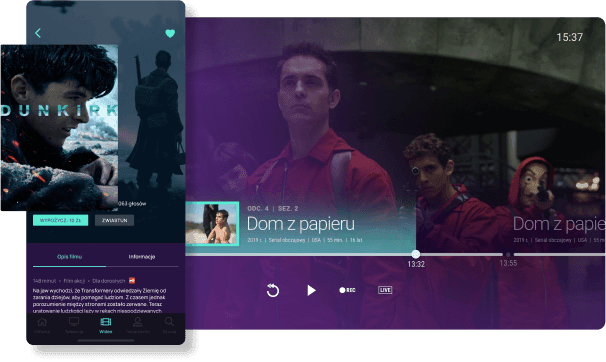Design Sprint Workshops
Have you ever dreamt of reducing the process of designing and testing new ideas to just four days? With the Design Sprint methodology, it is possible! It's an intensive four-day process that enables teams to quickly develop and test new ideas, minimising risk and maximising efficiency.
Estimate the projectWhat is the Design Sprint?
Design Sprint is an intensive process that allows teams to quickly develop and test new concepts, minimizing risk and maximizing efficiency
Design Sprint takes a structured approach combining design thinking techniques, lean startup, and agile development. The process is divided into five stages: Understanding, Defining, Idea Generation, Prototyping, and Testing. Each day is dedicated to a different stage, allowing you to move quickly from idea to tested prototype.
Why choose a Design Sprint?
Above all, it allows results to be achieved quickly and efficiently. Months of work are condensed into five days, significantly speeding up product development. We reduce the risk of investing in ill-conceived solutions by testing ideas with real users before full implementation. The process also fosters creativity and innovation, using techniques that stimulate creative thinking. What's more, the team works together, which increases engagement and efficiency.
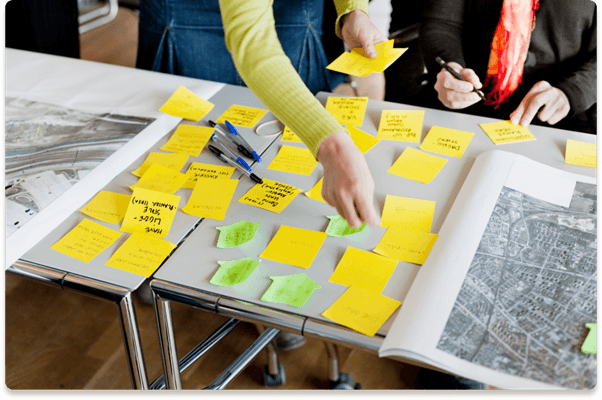
Risk Reduction
Fast and Efficient
Creativity and Innovation
Cooperation and Commitment
Design Sprint
is ideal for startups, technology companies, R&D departments, and anyone who wants to innovate and test new ideas quickly. If your company faces challenges that require a quick and effective solution, Design Sprint is for you.
The phases of a Design Sprint
Understanding
The first day focuses on gaining insight into user needs, business requirements and technology capabilities. Discussions are key here, helping to create an action plan for the entire week of the sprint. At the start, we establish long-term goals, obstacles and challenges. We conduct exercises to understand the full picture of the problem. At the end of the day, we choose the main goal we want to achieve during the sprint.
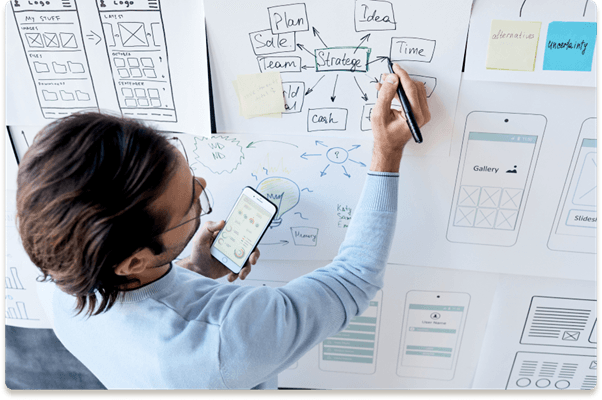
Idea generation
On the second day, we focus on generating and exploring as many ideas as possible. We first review existing solutions, analyzing their strengths and weaknesses. Participants complete exercises to help generate new insights and solutions. During brainstorming sessions and individual analyses, each team member presents their ideas, which will later be analyzed and tested.

Convergence
At this stage, the team already has many of the ideas gathered during the previous two days. The aim now is to identify the best ideas and decide which ones to prototype. We critically evaluate each solution in the context of the main objective. Based on the selected ideas, we sketch a detailed action plan for building the prototype.

Prototyping
The fourth day is the time to implement the ideas developed. We turn the storyboard into a prototype - a realistic model that we will then test with the client. The key idea is to create only the outer layer of a customer-facing product or service. This will ensure that the prototype is ready in one day, ready for evaluation in the final stage.
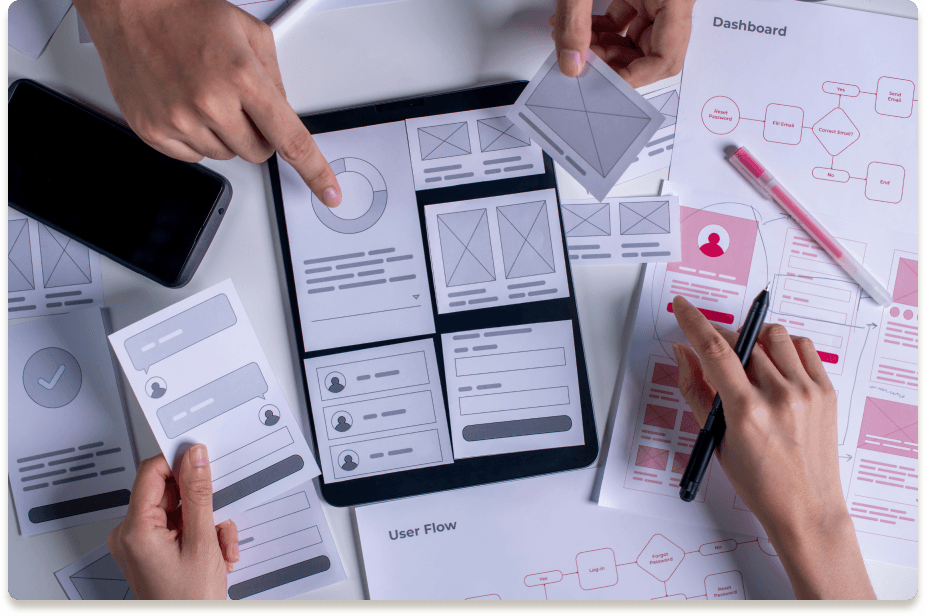
Testing
Google refers to this phase as the 'moment of truth'. During this time, we test ideas with users, business stakeholders, and technical experts, getting direct feedback. This phase allows us to validate solutions before we invest in designing and developing the actual product. At the end of the fifth day, you will know what to do next.
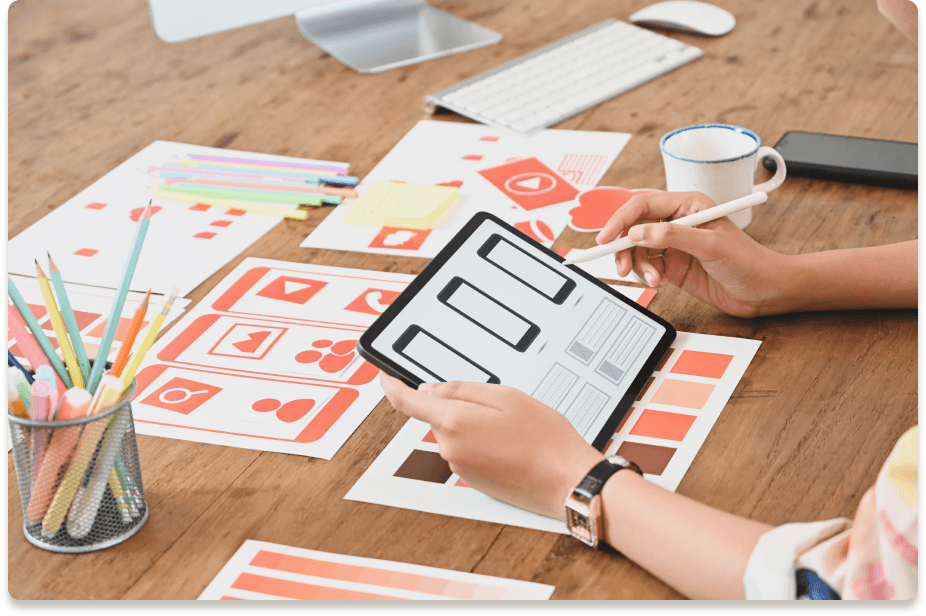
Our references
Find out what our customers think about creating products with us.
Play Now - TV on demand
Play Now is an internet TV and VOD service available on all platforms. The project was created for the telcom Play.
